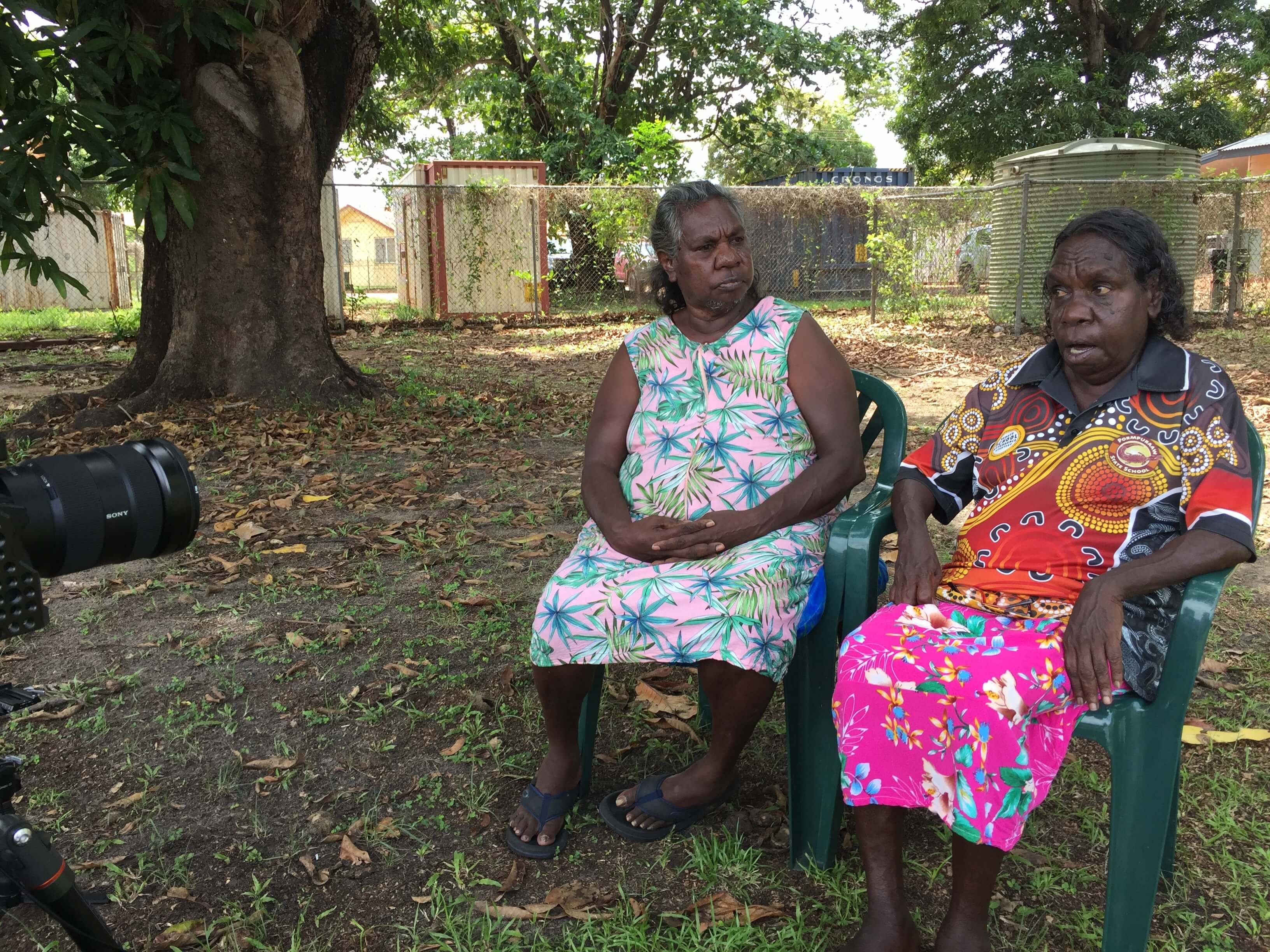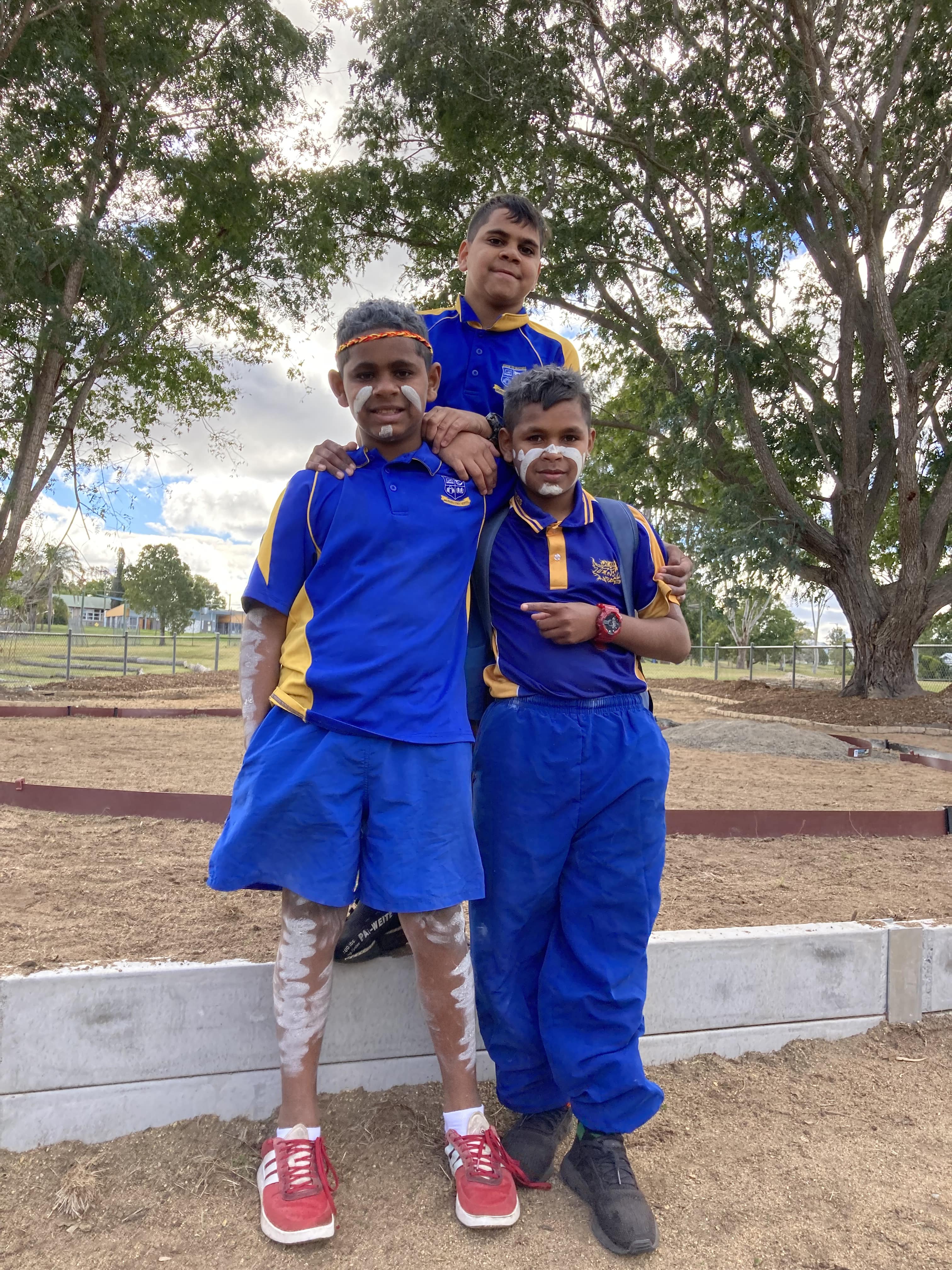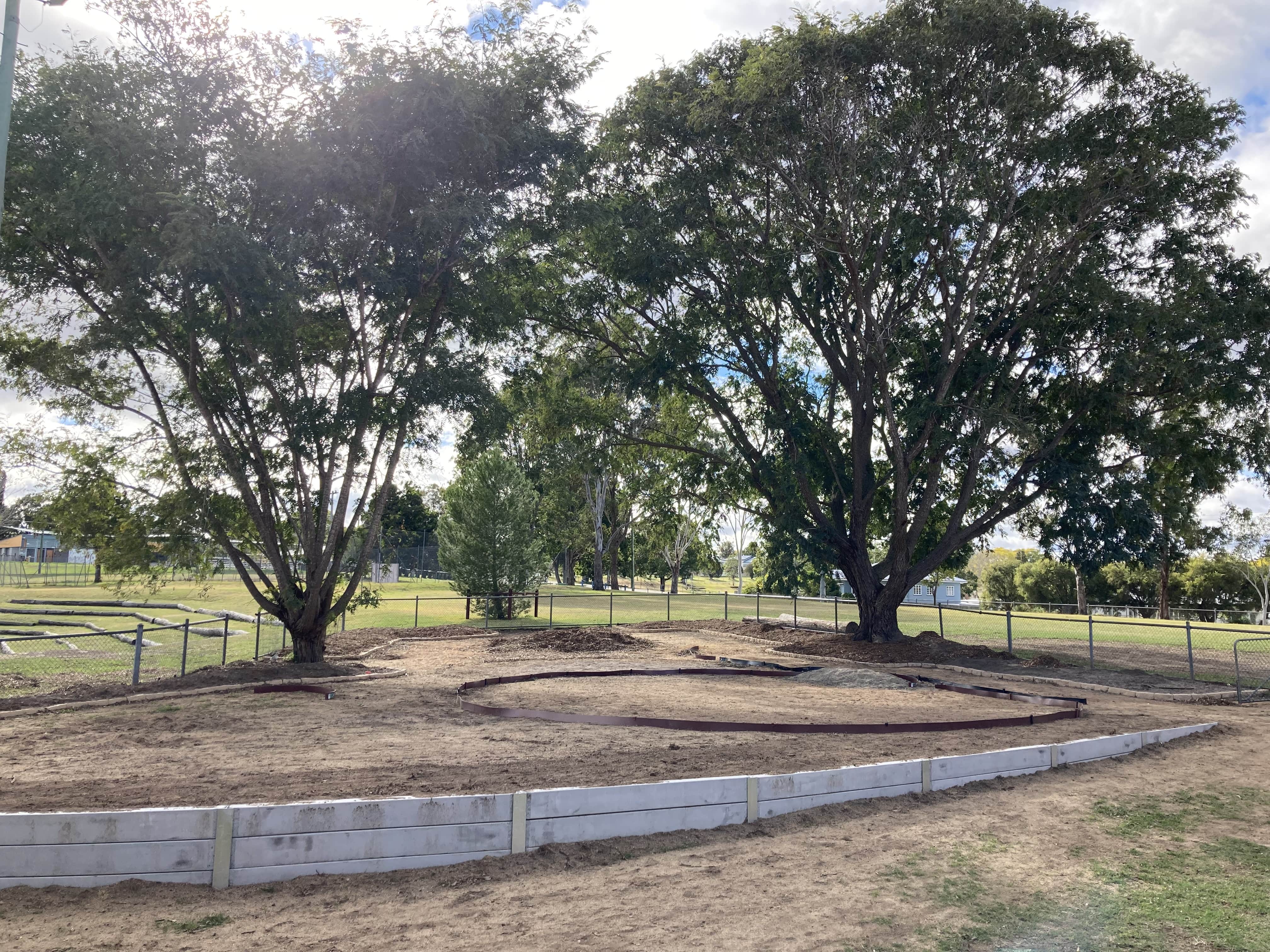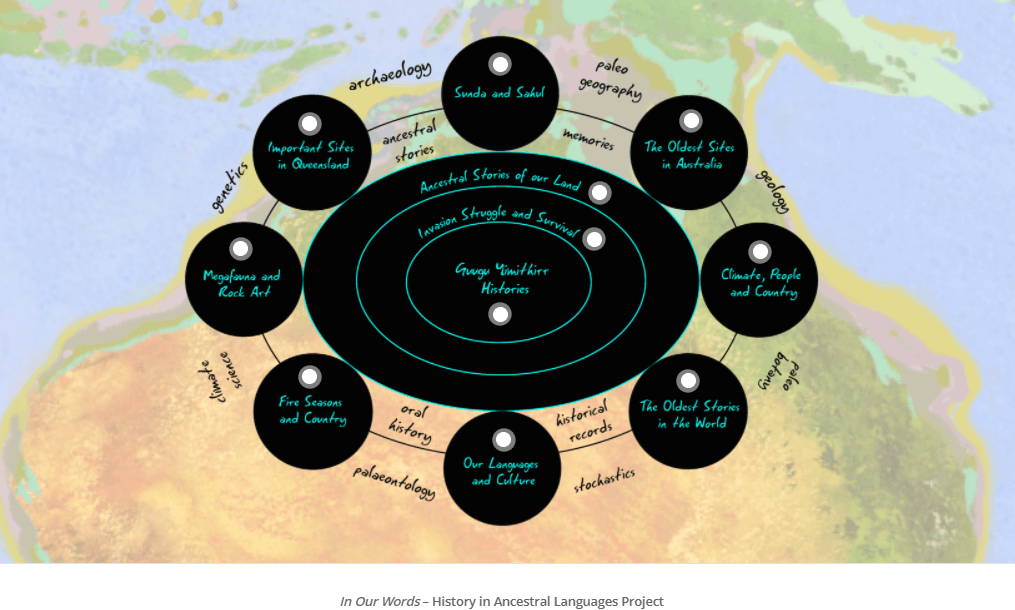
Aurukun Shire Council’s language program brings together Elders and community members to collaborate with staff from the Indigenous Knowledge Centre, Koolkan Aurukun State School and Council. The co-designed, community-led program also provides training and employment opportunities to support participants to teach, learn, celebrate and preserve their languages in a culturally-safe environment.
Building on the Wik-Mungkan language program established in 2018 at the school, the 2020 Indigenous Languages Grant supported the development of new resources for older primary students and incorporated additional languages for the first time, reflecting the language diversity of the Aurukun community and wider Wik region. Wik-Mungkan, Wik-Ngathan, Wik-Alken/Wik-Ngatharr and Kugu language varieties would be revived through integrated teaching and learning resources for use on Country, and in school and community settings.
The languages grant contributed to five important outcomes for the Aurukun community:
- filming and recordings of people speaking in language, including Elders sharing stories for younger generations and translations of Welcome to Country that highlighted the connections to other communities and languages in the wider region, including Coen and Pormpuraaw
- leadership training for Wik-Mungkan and Wik-Alken Elders and teachers through a First Nations Language teaching workshop in Cairns, where they shared language and cultural knowledge to create resources for the school and Aurukun community
- language celebration at the school’s annual community event where Elders and teachers were acknowledged and students’ achievements shared, including songs performed in Wik-Mungkan
- research, revival and documentation of languages and Elders’ cultural knowledge in keeping with their emphasis on the importance of keeping all languages strong in the community, including the creation of new learning resources, recordings of previously published stories in language, and materials to complement the ongoing work of the Woyan Min biocultural project
- employment and mentoring opportunities in a variety of roles across different language communities, including the cultural and language expertise of Elders, interpreters, language teachers, students and young people, translators, community linguists, dancers and artists.
The Wik-Mungkan language is considered one of the strongest living languages in Queensland and the expansion of the revival program to include the other language varieties of the region will only build on the community’s success.
You can find out more about the Wik language group in this Stories video from the State Library of Queensland’s exhibition Spoken: celebrating Queensland languages.





